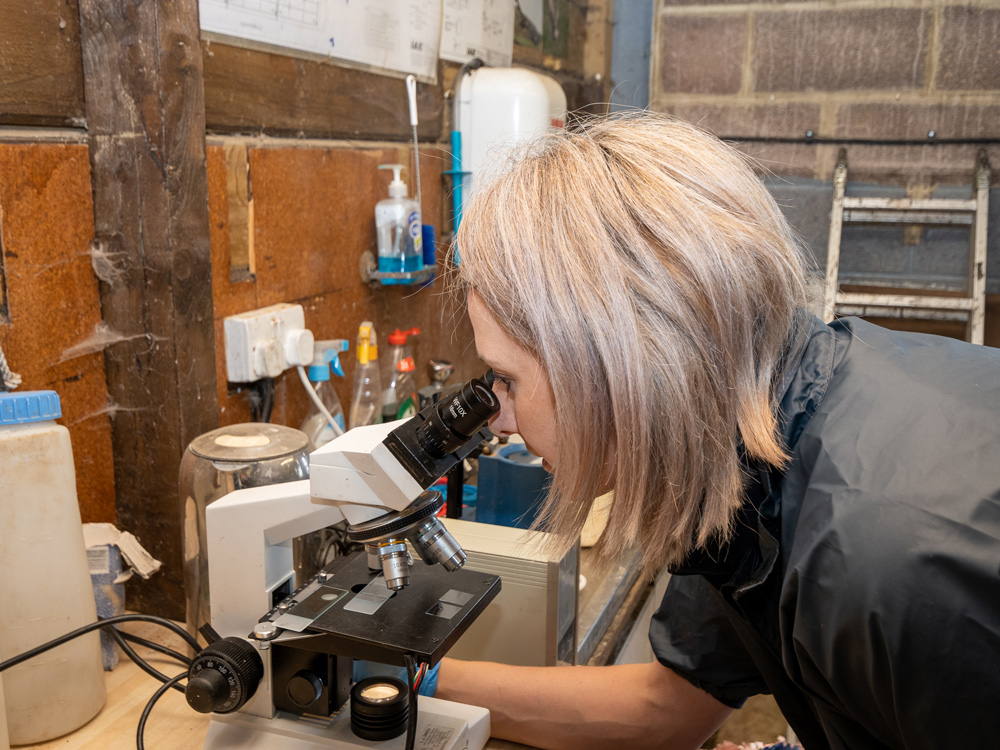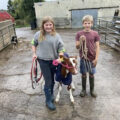By Alice Miller BVSC DBR MRCVS Friars Moor Livestock Health.
RECENTLY we have been busy helping our autumn block calving clients prepare for their upcoming breeding period.
Cows which are due to calve in August will need to breed now, since they are pregnant for on average 283 days. Their fertility success is reliant upon several factors and the more areas that are covered the better the chance of good results overall. There is plenty to consider, including eliminating the risk of infectious diseases, ensuring nutrition is balanced, making sure they have the correct minerals and vitamins, and both the females and males are in the best body condition and health.
The preparation period for herds relying on natural service, that is those that use a bull, should ideally have occurred a few weeks ago by now. We advise fertility testing bulls 60 days before the start of the breeding period to ensure there is enough time to rectify any problems if they are found. However, it is never too late, and it is still much better to fertility test a bull before he sets to work rather than after you suspect a problem.
For farms using artificial insemination (AI) they may have only just received their delivery of frozen semen straws for the breeding period, and while there is not a physical animal to examine it is important not to forget to assess the viability of the semen itself, too. We have currently been carrying out tests on frozen semen straws to check its viability before use. We take the portable testing kit to the farm, thaw the semen and look at it under the microscope to assess its motility. You can see the movement of the cells and even examine individual semen cells by using specific stains. If a problem is suspected, the straws can then be sent off for further testing at a laboratory, which uses a computer-aided system to look at the finer detail to further assess the viability of the cells.
Bull stud farms house many breeding bulls of high genetic merit. I have been to visit one bull stud and it struck me how rigorous the health checks and inspections were. This is to ensure the best health and welfare of these animals but also to make sure the semen collected and distributed for AI use is of the best quality. The bulls were pampered too, kept in immaculate pens, even with access to a big play pen where they could kick around balls, have a good back scratch and even knock about a punching bag. The advantage of using these bulls is that there is often a lot of data that accompanies them. You can select which specific bull should breed with a certain cow based on several traits. For example, we look to breed a smaller cow to a bull who is known to produce smaller calves and therefore have easy calvings.
The semen samples are packaged into straws which are frozen and distributed to companies which sell them to farmers. The semen straws must be stored in liquid nitrogen tanks at -196°C. They do not come cheap and are a huge investment for farmers. It is important to get storage tanks inspected before they are used. If straws are not stored correctly or handled properly the semen cells die and thousands of pounds can be wasted. More importantly, further losses are made if damaged straws are then used on cows. By the time poor conception rates become evident it can be too late, and the loss of time is loss of money. Farmers need cows to calve at a certain time to be able to provide enough milk at the right time for their contracts. So, we strongly advocate pre-breeding straw examinations before they are used for peace of mind and to ensure the best chance of conception and success.
For any questions on pre-breeding checks please do not hesitate to contact me at the practice.










Leave a Reply